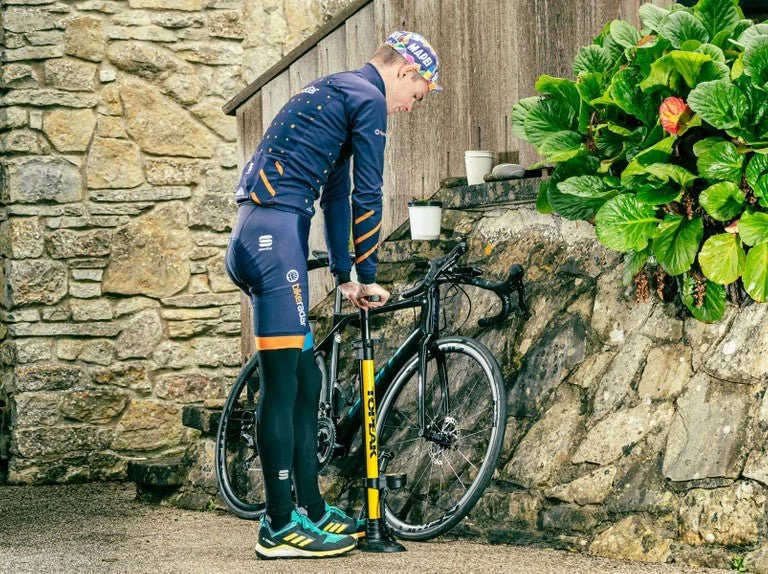
- how-tire-pressure-affects-cycling-performance
- the-science-of-rolling-resistance-and-pressure
- tire-pressure-and-different-road-conditions
- real-world-examples-why-it-matters
- finding-your-optimal-tire-pressure
1. How Tire Pressure Affects Cycling Performance
Tire pressure is one of the most overlooked but crucial aspects of cycling performance. Whether you're training for your first century ride or competing in a time trial, your tire pressure directly influences your speed, comfort, and even safety. Proper tire pressure reduces rolling resistance and improves handling, while poor inflation can slow you down or even lead to punctures.
Imagine pedaling hard into the wind only to realize your tires are underinflated—every stroke becomes a struggle, your bike feels sluggish, and your efficiency plummets. This is why tire pressure isn’t just about air—it's about control, power transfer, and speed.
2. The Science of Rolling Resistance and Pressure
2.1. What Is Rolling Resistance?
Rolling resistance refers to the friction between your bike tires and the road. High rolling resistance means your tires deform more and require extra energy to keep moving. Low resistance equals faster speeds with less effort.
2.2. How Pressure Plays a Role
Higher tire pressure generally results in lower rolling resistance—up to a point. However, if your tires are too hard, they don’t absorb vibrations from rough roads, transferring all the shock to your body. This can cause fatigue over long rides and even reduce traction.
2.3. The Balance Between Speed and Comfort
Finding the sweet spot is essential. Racers may prefer higher pressure for maximum speed on smooth tarmac, while endurance riders often benefit from slightly lower pressure to stay comfortable over hours in the saddle.
3. Tire Pressure and Different Road Conditions
3.1. Smooth Pavement
On fresh asphalt or race tracks, go higher—within the manufacturer’s recommended limit. This minimizes surface contact and maximizes speed. However, always monitor tire wear and rim compatibility.
3.2. Gravel and Rough Terrain
On bumpy roads, lower pressure provides a wider tire footprint, which increases grip and absorbs shock better. Riders tackling gravel events like Unbound Gravel often reduce pressure significantly compared to road racing.
3.3. Wet Weather
In rain or slick conditions, slightly lower tire pressure improves grip and reduces the risk of sliding. It allows more of the tire’s tread to interact with the surface, offering stability and control.
4. Real-World Examples: Why It Matters
In 2022, during a high-profile criterium race in Belgium, several riders crashed on the same corner—investigations revealed that many were overinflating their tires for speed, reducing grip on the slightly damp surface. It’s a clear example of how tire pressure choices can dramatically influence outcomes.
Professional teams now use electronic sensors to track tire pressure in real time, making mid-race adjustments based on terrain, weather, and race strategy.
5. Finding Your Optimal Tire Pressure
5.1. Use a Tire Pressure Calculator
Many online tools can give you a personalized range based on rider weight, tire size, and intended terrain. While not perfect, they offer a great starting point. Fine-tuning from there is essential.
5.2. Track Your Rides
Keep a journal or app log of tire pressures used on different rides and the resulting comfort, speed, and handling. Over time, patterns will emerge to guide your ideal settings.
5.3. Don’t Ignore the Details
Check pressure before every ride with a quality gauge. Factors like air temperature and altitude can subtly affect inflation. Also, different brands and tire models behave differently at the same PSI—don’t assume one size fits all.
If you’re serious about improving your performance on the bike, tire pressure is not something to guess at. For detailed guides, expert reviews, and cycling gear tailored to your style, visit Cycling Guider—where performance meets precision.


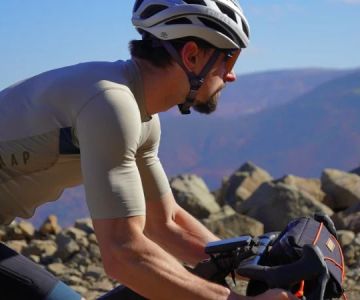
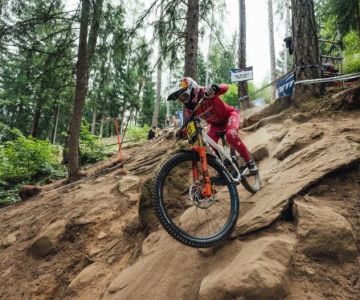
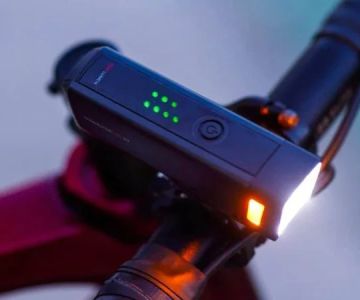
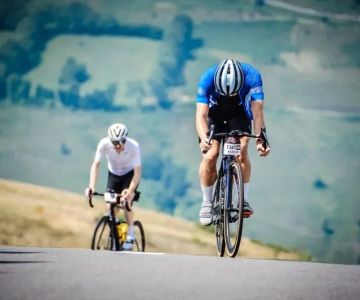
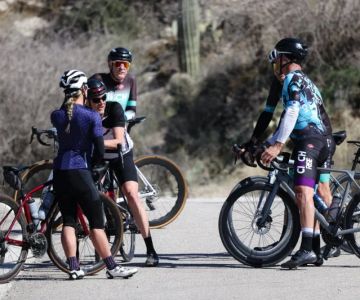
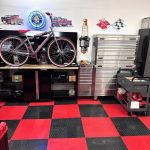 Billet BMX5.0 (2 reviews)
Billet BMX5.0 (2 reviews)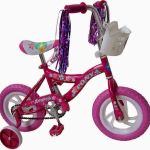 Far East Children Bicycle Factory1.0 (1 reviews)
Far East Children Bicycle Factory1.0 (1 reviews)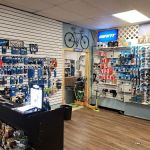 Archer Motorsports, Inc.4.0 (8 reviews)
Archer Motorsports, Inc.4.0 (8 reviews) YEP Bike Works4.0 (55 reviews)
YEP Bike Works4.0 (55 reviews)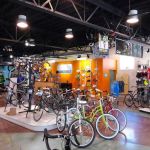 Gorham Bike & Ski4.0 (498 reviews)
Gorham Bike & Ski4.0 (498 reviews)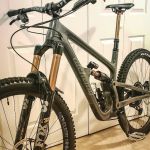 Alchemy Bikes4.0 (37 reviews)
Alchemy Bikes4.0 (37 reviews) How to Teach Kids to Ride a Bike: A Step-by-Step Guide for Parents
How to Teach Kids to Ride a Bike: A Step-by-Step Guide for Parents Tips for Riding on Busy City Streets: Smart Strategies for Urban Cyclists
Tips for Riding on Busy City Streets: Smart Strategies for Urban Cyclists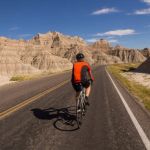 Best US National Parks for Mountain Biking: Ride Epic Trails Across America
Best US National Parks for Mountain Biking: Ride Epic Trails Across America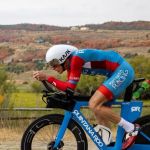 Best Aero Helmets for Time Trials and Racing
Best Aero Helmets for Time Trials and Racing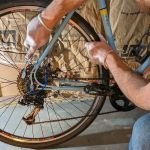 How to Clean and Lubricate Your Bike Chain Like a Pro
How to Clean and Lubricate Your Bike Chain Like a Pro 10 Must-Have Items for Long-Distance Cycling Trips
10 Must-Have Items for Long-Distance Cycling Trips